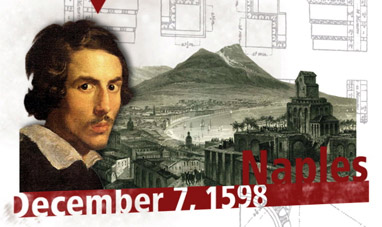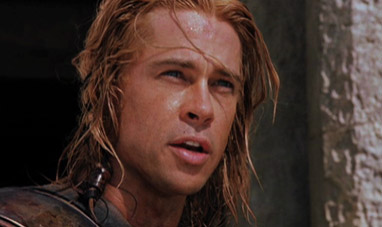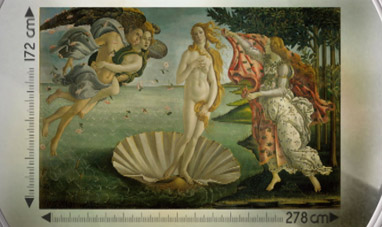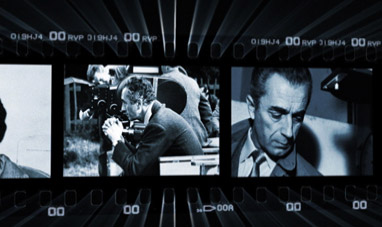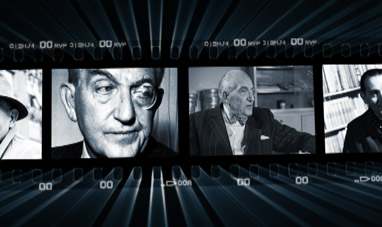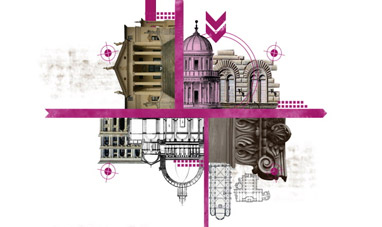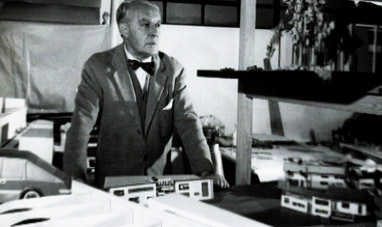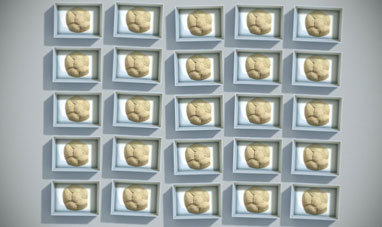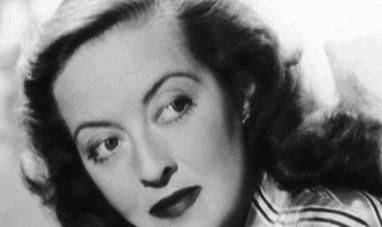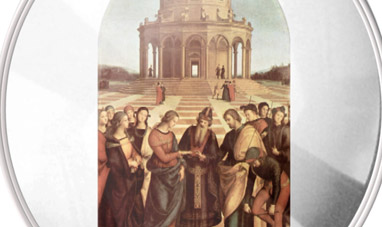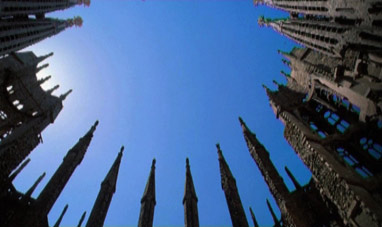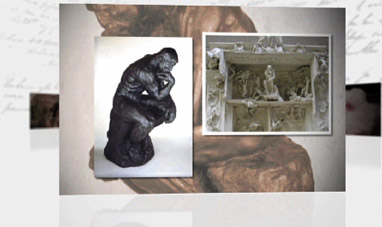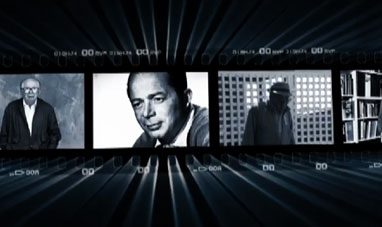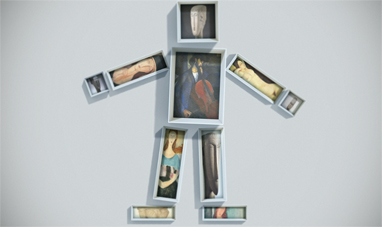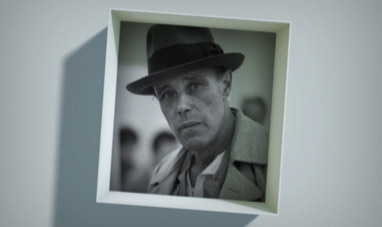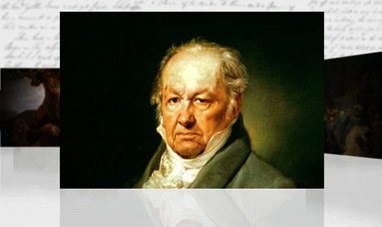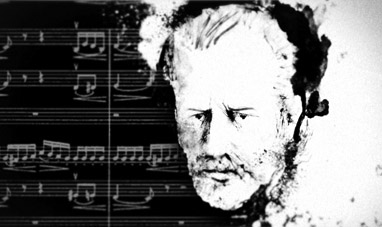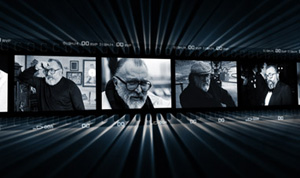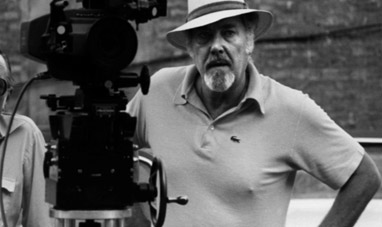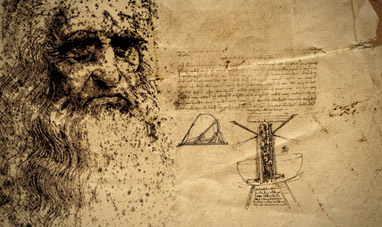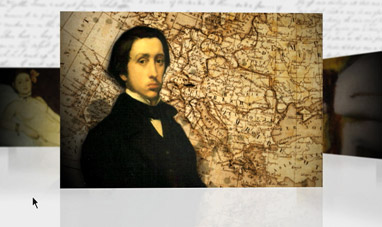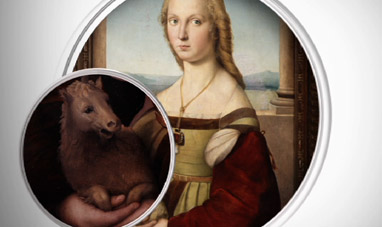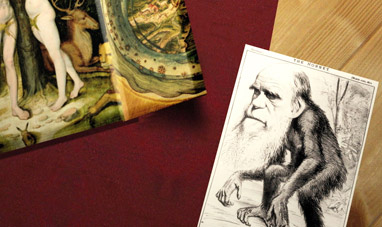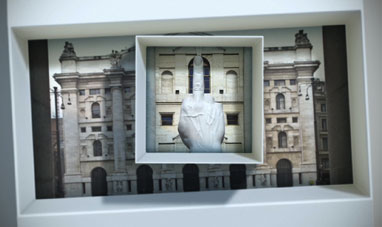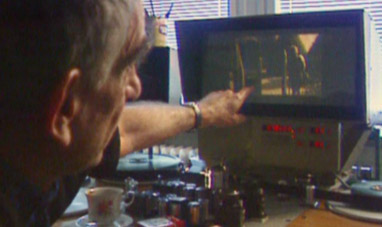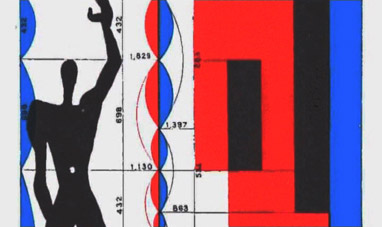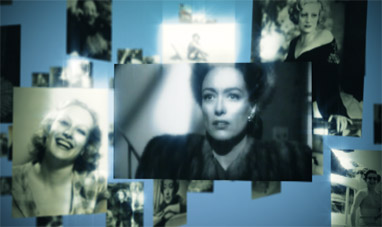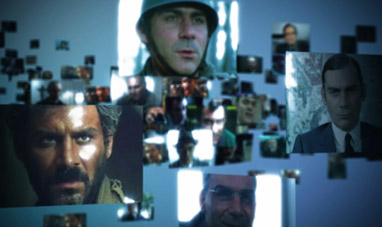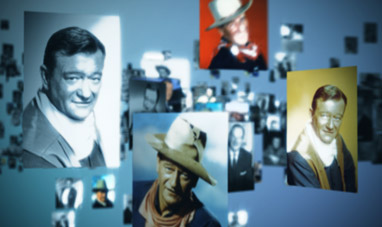Leonardo da Vinci was born on April 15, 1452 near Vinci, a village in the hills surrounding Florence. The illegitimate son of a notary, Ser Piero D’Antonio, da Vinci spent his childhood in the countryside. He moved to Florence with his father when he was 16.
At the time, Florence was one of the liveliest cultural centers in Europe, attracting artists, philosophers and men of letters from all over Italy. The stimulating and dynamic atmosphere of the Renaissance favored the exchange of new ideas. Young Leonardo decided to study as a painter, and started working in Verrocchio’s art studio. One of da Vinci’s first works was the angel head in the Baptism of Christ, signed by Andrea del Verrocchio. Some say that Verrocchio was so impressed with his young pupil’s skill that he decided to stop painting. In 1482, da Vinci was summoned to Milan by Ludovico Sforza. He worked in the Milanese lord’s service for 17 years. Some of his most renowned portraits were painted at the court of Ludovico: the Lady with an Ermine, the Portrait of a Musician and the Belle Ferronière.
In 1495 he was commissioned to paint a fresco for the refectory of Santa Maria delle Grazie in Milan. Da Vinci chose to paint the Last Supper. The traditional fresco technique did not appeal to da Vinci. The kind of tempera used for frescos dried immediately and did not allow any changes to be made after the first painting. For the Last Supper, da Vinci used a mixture that dried slowly. But this choice compromised the durability of the work. It started showing signs of deterioration just a few years after it was painted. Da Vinci never considered his paintings finished and liked to add touches and make corrections even several years later. Very few can be considered completed artworks. In late 1499, da Vinci left Milan. He was at the height of his lifetime fame and requested by courts all over Italy. These were the years during which da Vinci painted the Monalisa. Da Vinci made changes to the painting many times up till his death. Recent X-rays revealed the existence of three more versions of the portrait beneath the topmost layer. In 1503, Florentine nobleman Pier Soderini asked da Vinci and Michelangelo Buonarroti to paint frescoes on two walls of the Grand Council hall in Palazzo Vecchio in Florence. The two were old rivals.
But the artistic challenge never took place, since the pope called Michelangelo to Rome. In 1513, da Vinci also moved to Rome, where Raphael was decorating the Pope’s private apartments and Michelangelo had just finished the Sistine Chapel frescoes.
However, da Vinci did not take part in life at the papal court, and preferred to spend his time on scientific studies. In Rome, between 1513 and 1516, he painted his last work, St. John the Baptist. In 1516, da Vinci lost his patron when Giuliano de Medici died. He accepted the hospitality of King Francis I of France, who financed da Vinci and welcomed him warmly. But he only lived in France for three years, Leonardo da Vinci died in Amboise on May 2, 1519. He was 67.
At the time, Florence was one of the liveliest cultural centers in Europe, attracting artists, philosophers and men of letters from all over Italy. The stimulating and dynamic atmosphere of the Renaissance favored the exchange of new ideas. Young Leonardo decided to study as a painter, and started working in Verrocchio’s art studio. One of da Vinci’s first works was the angel head in the Baptism of Christ, signed by Andrea del Verrocchio. Some say that Verrocchio was so impressed with his young pupil’s skill that he decided to stop painting. In 1482, da Vinci was summoned to Milan by Ludovico Sforza. He worked in the Milanese lord’s service for 17 years. Some of his most renowned portraits were painted at the court of Ludovico: the Lady with an Ermine, the Portrait of a Musician and the Belle Ferronière.
In 1495 he was commissioned to paint a fresco for the refectory of Santa Maria delle Grazie in Milan. Da Vinci chose to paint the Last Supper. The traditional fresco technique did not appeal to da Vinci. The kind of tempera used for frescos dried immediately and did not allow any changes to be made after the first painting. For the Last Supper, da Vinci used a mixture that dried slowly. But this choice compromised the durability of the work. It started showing signs of deterioration just a few years after it was painted. Da Vinci never considered his paintings finished and liked to add touches and make corrections even several years later. Very few can be considered completed artworks. In late 1499, da Vinci left Milan. He was at the height of his lifetime fame and requested by courts all over Italy. These were the years during which da Vinci painted the Monalisa. Da Vinci made changes to the painting many times up till his death. Recent X-rays revealed the existence of three more versions of the portrait beneath the topmost layer. In 1503, Florentine nobleman Pier Soderini asked da Vinci and Michelangelo Buonarroti to paint frescoes on two walls of the Grand Council hall in Palazzo Vecchio in Florence. The two were old rivals.
But the artistic challenge never took place, since the pope called Michelangelo to Rome. In 1513, da Vinci also moved to Rome, where Raphael was decorating the Pope’s private apartments and Michelangelo had just finished the Sistine Chapel frescoes.
However, da Vinci did not take part in life at the papal court, and preferred to spend his time on scientific studies. In Rome, between 1513 and 1516, he painted his last work, St. John the Baptist. In 1516, da Vinci lost his patron when Giuliano de Medici died. He accepted the hospitality of King Francis I of France, who financed da Vinci and welcomed him warmly. But he only lived in France for three years, Leonardo da Vinci died in Amboise on May 2, 1519. He was 67.

